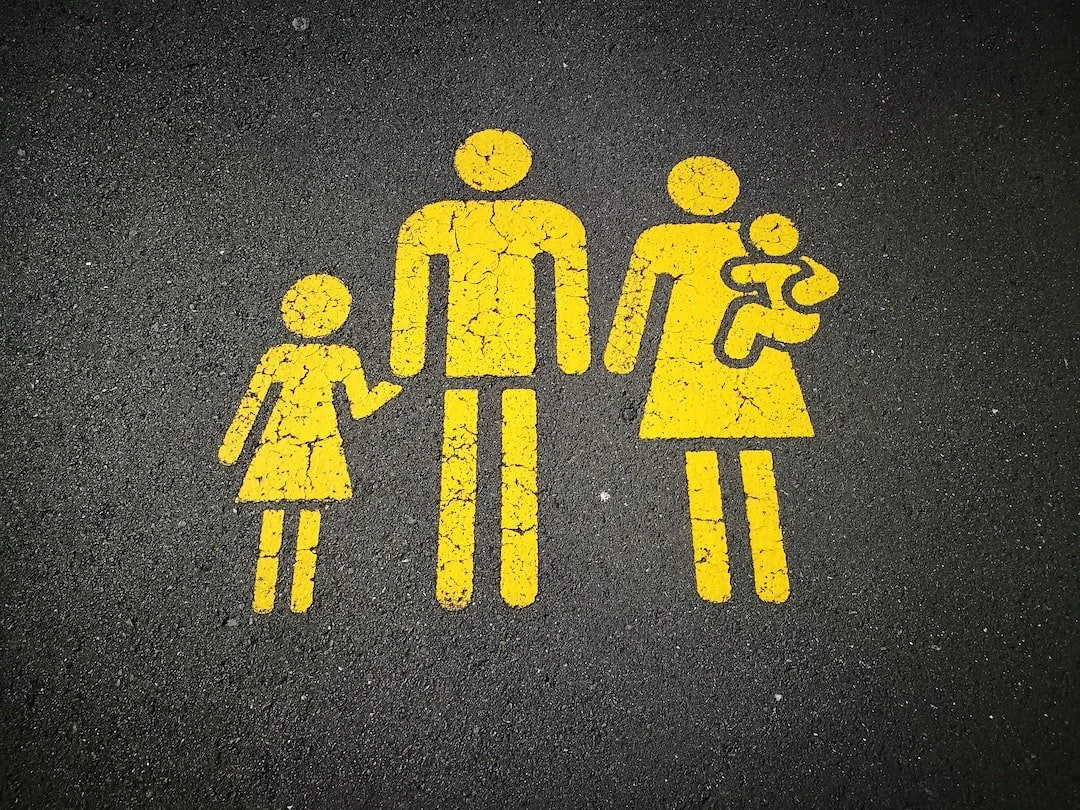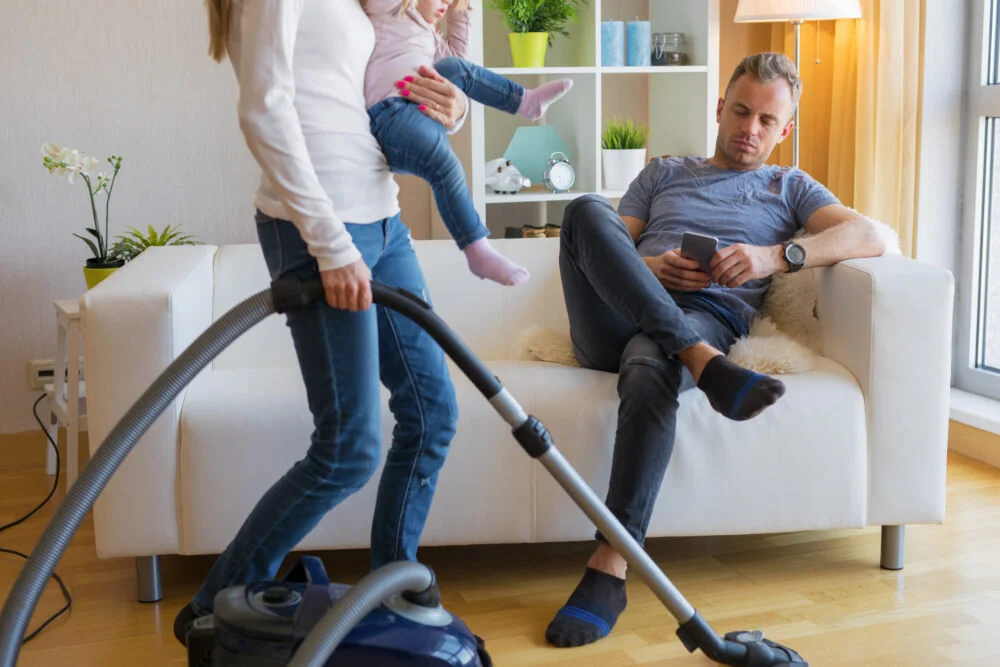Parental Leave in 2025
Fully paid, extended maternity leave has become a cornerstone of modern workplace employee well-being policies, while, understandably, paid support for new dads, “secondary carers” and “non-birth” parents has lagged behind both in terms of the length of leave and the pay rates offered.
In the UK, the advent of Shared Parental Leave in April 2015 created some degree of momentum towards enhanced parental leave opportunities for fathers and non-birth mothers but progress towards creating improved gender equality through the mechanism of parental leave has been slow. Professional services sector have since led the way as part of talent recruitment and retention and the goal of a more equal representation of women in senior leadership roles.
In the UK, there is a debate about whether enhancing paternity leave or shared parental leave offers better outcomes for individuals, families and organisations alike.
Shared parental leave was designed to offer flexibility by allowing parents to split their leave entitlement. However, it has seen limited uptake, estimated to be around 5% eligible parents due to complex regulations and persistent societal norms around gender and the role of men and women in caregiving.
By contrast, paternity leave - dedicated leave for fathers, has emerged as a simpler, more impactful alternative.
In this article I argue that enhanced Paternity Leave is the superior option, with Equal Parental Leave being the gold standard measure of support for new parents in any organisation.
Content
➡️ What Is the statutory framework?
➡️ Enhanced paternity leave is great.
➡️ But, equal parental leave is better.
➡️ Why enhanced paternity Leave is better than enhanced shared parental leave (SPL)
➡️ What does SPL have going for it?
What Is the Statutory Framework?
Paternity leave and Shared Parental Leave differ significantly in structure. While shockingly, the self-employed have no rights to any paid government support.
Maternity Leave
Statutory Maternity Pay for the first 6 weeks: 90% of their average weekly earnings (AWE) before tax, the remaining 33 weeks is the lower of £172.48 or 90% of AWE.
Paternity Leave
2 weeks Statutory Paternity Pay for eligible employees is the lower of £172.48 a week or 90% of AWE earning.
Shared Parental Leave
You can share up to 50 weeks of leave and up to 37 weeks of pay.
The actual amount depends on how much maternity or adoption leave and pay (or Maternity Allowance) you or your partner take. Pay is at the rate of £172.48 a week or 90% of your average weekly earnings, whichever is lower.
Enhanced Paternity Leave is great…
By offering dedicated enhanced paternity leave for fathers, organisations signal that parenting is a shared responsibility rather than a task solely for mothers and that they value and support fathers’ involvement in early childcare, with the associated mental health, family connection and domestic gender equality benefits that this supports.
Enhanced paternity leave challenges traditional gender roles and can help reduce the motherhood penalty—the career disadvantage women often face after having children.
Both the campaign objectives of the Fatherhood Institute and Pregnant Then Screwed focus on improving paternity leave to allow “6 weeks for Dad” - dedicated time for men to use or lose, not leave, such as SPL, that must be opted into.
https://www.fatherhoodinstitute.org/post/next-steps-for-our-6-weeks-for-dads-campaign
https://pregnantthenscrewed.com/why-we-are-campaigning-for-6-weeks-paid-paternity-leave
But, Equal Parental Leave is better!
While improving the length and pay associated with paternity leave is important, the major benefits are derived when organisations implement equal parental leave – offering the same pay and leave regardless of how you become a parent.
When coupled with a culture that expects men to take the leave on offer, equal parental leave sends a strong message about an organisation’s commitment to gender equality which can also enhance their reputation as progressive employers.
Better for equality
Equal Parental Leave is more likely to remove gender bias from the recruitment and promotion process. If your organisation cannot use gender as a way of judging who might take extended leave when they become parents, or perhaps be interested in longer term flexible or part time working arrangements, the motherhood penalty can be mitigated as judgements about presence and long term ‘commitment’ are much harder to assume and the bias against female hires is reduced.
Assumptions are everywhere as this young female colleague of my wife, Lisa, reflected to me:
“When I first met Lisa, I didn’t think she had kids, because I didn’t think a mum could do this job”
Simpler
Equal Parental leave is simpler from a legal and administrative angle. I think we’ve all heard painfully non-inclusive stories of non-birth mothers on paternity leave. Equal leave is inclusive of every type of parenthood journey, including adoption, surrogacy and single gender relationships.
Equal Parental Leave is the most common form of enhancement in the Inspiring Dads Parental Leave Database. At the time of writing, 127 out of 285 UK organisations offer equal, full pay parental leave, while 36 equalise materity and shared parental leave.
Why enhanced Paternity Leave is better than enhanced Shared Parental Leave.
When budgets are tight, and you can only afford to enhance Paternity Leave OR Shared Parental Leave (SPL) which one should you choose (and why?)
Sharing leave sounds like a really great benefit, doesn’t it? On the face of it, it sounds better at accommodating diverse family structures, including same-sex couples, adoptive parents, and families where one parent may not be biologically related to the child. It recognises that caregiving roles are no longer bound by traditional norms, creating inclusivity.
However, SPL, is problematic for a number of reasons.
SPL introduces greater complexity - parents have to negotiate within their relationships about how to split leave, typically birth mothers need to give up some of their leave to a spouse or partner and that partner has to communicate with their workplace.
For men the process of opting in to take their partners leave is fraught with societal and workplace judgement and discrimination…
Caregiving fathers face ‘social mistreatment’- they face mockery, are viewed as idle, struggle with friendships, face negative judgement and are viewed with suspicion. The “Fatherhood Forfeit” (Kelland, 2022)
Men who wish to be actively involved in family life voicing concerns regarding being perceived as ‘wimpy and girlie’ (Connell and Messerschmidt, 2005), a ‘sissy’ (Kimmel, 1994, 119) and a ‘feminine man (Locke, 2016; 199)
“Most cite fears of being discriminated against professionally, missing out on pay rises and promotions, being marginalised or even mocked as reasons for not taking time off.” BBC July 21, “Paternity leave, the hidden barriers keeping men at work.”
Combined with gender pay gap data that indicates that families are more likely to be worse off when a dad takes unpaid leave. We can start to see why, in heterosexual relationships, this often leads to mothers taking the majority of the leave, perpetuating existing inequalities, reinforcing norms and knowledge around child caring responsibilities.
In the next section I’ll talk about why Shared Parental Leave can be a good thing. But very few of the benefits can be realised due to low uptake.
Not only is uptake of SPL low, the UK government’s own research indicates a striking pattern that suggests that SPL is a perk for middle class white people.
“Parents who take up SPL and pay are more likely to be
• older,
• parents of white ethnicity,
• highly qualified,
• work in large organisations,
• be on a higher income, and
• have progressive gender role attitudes
• are more likely to be married”
The Dad Shift Research
”The numbers are damning. Less than 2% of families use Shared Parental Leave - because it's too poorly paid, too complicated, and forces couples to take leave away from mums (which many are reluctant to do).
We used an FOI request to uncover that the 2% figure also contains deep inequalities. SPL pay is so low that just 100 people in the bottom 30% of earners took it last year. More SPL is claimed in London than Scotland, Wales, Northern Ireland, the North West and the North East combined.”
Paternity Leave offers a clear and straightforward framework compared to the complexities and challenging societal dynamics of Shared Parental Leave.
For HR departments, managing shared parental leave can be a logistical challenge. It requires coordinating leave schedules, ensuring eligibility requirements are met, and navigating the transfer of leave entitlements between parents. These administrative hurdles often deter companies and employees from fully embracing shared parental leave.
Paternity leave, however, is simpler to implement and administer. The clear entitlement reduces confusion and ensures that fathers can take time off without extensive paperwork or negotiation.
What does SPL have going for it?
One clear benefit of Shared Parental Leave is that it’s more likely to support dads being in sole charge of their children – gaining crucial skills and confidence while creating a newfound understanding of the second shift and mental load.
It is much harder to be on leave at the same time as your partner when you are accessing shared parental leave.
Pregnant Then Screwed have in identified staggered leave as being key to helping to close the gender pay gap.
“I believe that if the Government were to offer fathers 6 weeks paternity leave at 90% of their pay, to be taken once the mother has returned to work, this would have the biggest impact on the gender pay gap and reducing discrimination in the workplace.”
I would argue that shared parental leave is better than paternity leave at accommodating diverse family structures. The big BUT is that these same benefits are also derived from equalised parental leave, but with the societal and social challenges described above.
Conclusion
Given the choice between matching a maternity offer with either paternity leave or shared parental leave, it is always better to match with paternity leave and create equal parental leave within your organisation.
If, as an organisation, you actually want dads and non-birth parents to take extended parental leave you need to create Equal Parental Leave. If you don’t want people to take leave, offer equalise your leave via Shared Parental Leave.
Equalised parental leave is the gold standard in the UK.
The Inspiring Dads Parental Leave database has so far identified
⭐ The full pay offers of more than 285 UK Organisations.
⭐ 125+ Equal Parental Leave offers.
⭐ 36 more equalising via Shared Parental Leave.
⭐ 179 offering "6 weeks for dad."
By offering equalised, fully paid, parental leave, organisations can promote gender equality, enhance workplace culture, and enjoy economic and administrative advantages. As companies seek to attract and retain top talent, adopting policies that prioritise dads access to leave is not just a socially responsible choice but also a strategic business decision.
Shared parental leave, while well-meaning, has struggled to achieve its intended goals due to societal and practical barriers that discourage fathers from taking significant time off, especially time that they are not explicitly allowed to take.
Paternity leave, being simpler and more accessible, avoids these pitfalls and ensures that fathers can participate in early childcare without undue barriers.


































Explore which option is best for organisations and individuals